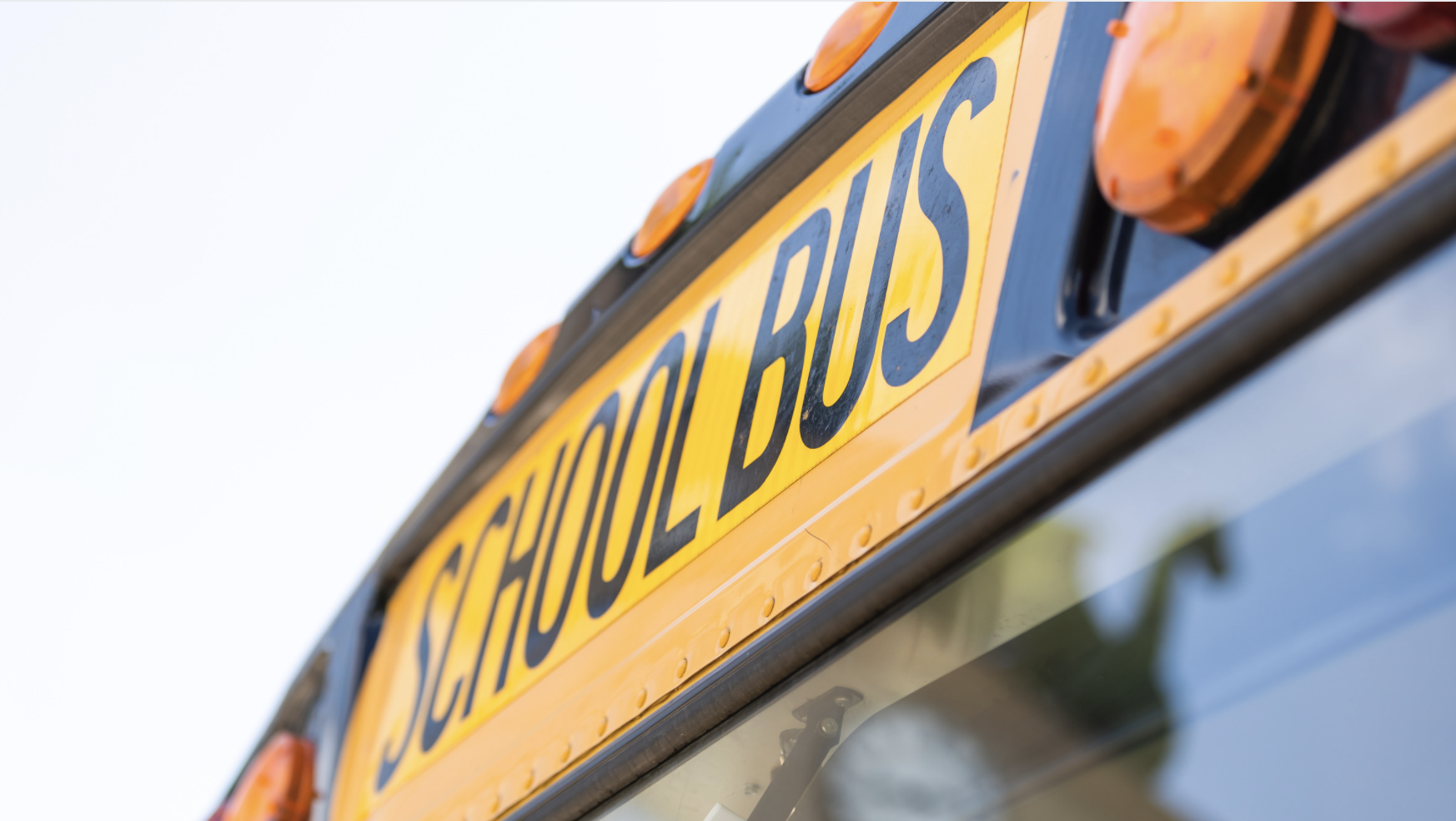This guest blog, written by Dan Lashof (Director of World Resources Institute, United States) and Sue Gander (Director of the Electric School Bus Initiative for World Resources Institute) originally ran on Data for Progress’s blog on July 23, 2021.
There are some 480,000 school buses across the nation polluting our neighborhoods at levels that federal officials say are dangerous to our health, alongside other emissions that are linked to cancer, asthma and impaired brain development.
From school yards to depots, they expose our most vulnerable students to emissions — 70% of children from low-income families take the bus to school, compared to just 50% of children from families with higher incomes.
If we want to solve the climate crisis here at home, we should start by protecting our nation’s children, teachers and neighborhoods from pollution. The answer is simple: deploy electric school buses.
Electric school buses are reliable and meet the needs of school districts everywhere — all while saving them money over the long run on costs associated with maintenance and fuel. In order to deploy electric school buses across the nation, however, we need to bring down the cost of transitioning our fleet and making buses electric.

In his American Jobs Plan, President Biden proposed allocating $20 billion to transition at least 20 percent of the U.S. school bus fleet from diesel to electric. As the Bipartisan Infrastructure Framework came together, the White House announced that electric school buses would receive $7.5 billion in funding. As negotiations progress, we understand the funds allocated to genuinely zero emission buses are in danger of being reduced even further.
As discussions on infrastructure policy and funding continue, many members of the House and Senate have sent a clear message: advancing $20 billion towards electric school buses is a critical climate action.
Let’s be clear: we cannot have meaningful climate action without addressing the urgent need to transition to electric vehicles, and electric school buses must be part of the effort. If lawmakers support child safety and clean neighborhoods as priorities, they must include aggressive funding for electric school buses in their list of non-negotiables. School districts will be able to put this funding to use right away — saving money and cleaning up the air our children breathe on their way to school every day.
This $20 billion investment today will catalyze our transition to electric vehicles and push manufacturing costs down as electric vehicles become commonplace. It will also create more demand for charging stations and other electric vehicle infrastructure. Moreover, electrifying the school bus fleet will serve as a tipping point for electrifying the entire heavy-duty vehicle sector.
Everyone pushing for strong climate action as part of an infrastructure deal should keep this issue front and center as negotiations continue. There is no downside here. The rallying cry of “no climate, no deal” must include clean electric school buses (and not less dirty “alternative fuel” buses) as part of any infrastructure deal. The health of our children depends on it, and the advancement of clean, equitable transportation options relies on it.
This guest blog, written by Dan Lashof (Director of World Resources Institute, United States) and Sue Gander (Director of the Electric School Bus Initiative for World Resources Institute) originally ran on Data for Progress’s blog on July 23, 2021.